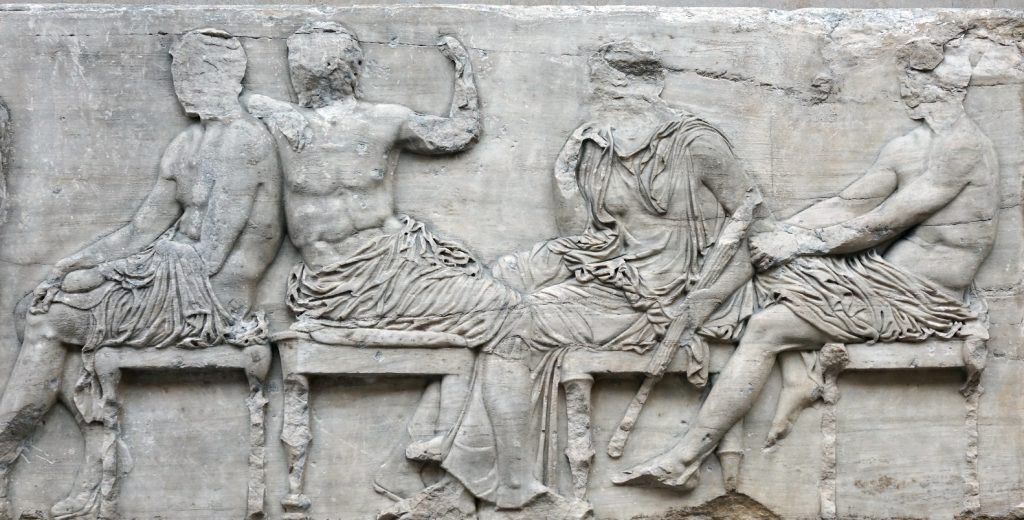Phidias is one of the most famous sculptors in ancient Greece. His outstanding contributions in the fields of architecture and sculpture, especially the sculptures in the Parthenon, still influence architects and artists today. The Parthenon is the core building of the Acropolis of Athens, representing the pinnacle of ancient Greek classical architecture, and the sculptures designed and supervised by Phidias in it perfectly blend the harmonious beauty of architecture and art.
The sculpture group of the Parthenon mainly includes pediment sculptures, relief bands on the exterior walls, and the colossus of Athena inside. The most eye-catching of these is the sculpture on the east pediment of the temple, which depicts the birth of Athena and shows the interweaving of gods, heroes and sentient beings in mythology. Phidias’s superb carving skills have made these sculptures lifelike works, giving the building profound mythological and cultural connotations.
These sculptures are not only architectural decorations, but also visual expressions of Greek mythology and religion. As one of the representative works, the Greek goddess statue Athena became the symbol of the Parthenon. She is not only the goddess of wisdom and war, but also the patron saint of the city-state of Athens. Through the hands of Phidias, the image of Athena was vividly presented, becoming a milestone in the history of ancient Greek sculpture.
Today, Phidias’ Parthenon sculptures still have a profound influence on architects. These works not only show the high unity of ancient Greek architecture and art, but also inspire the balance between function and aesthetics in modern architecture.

